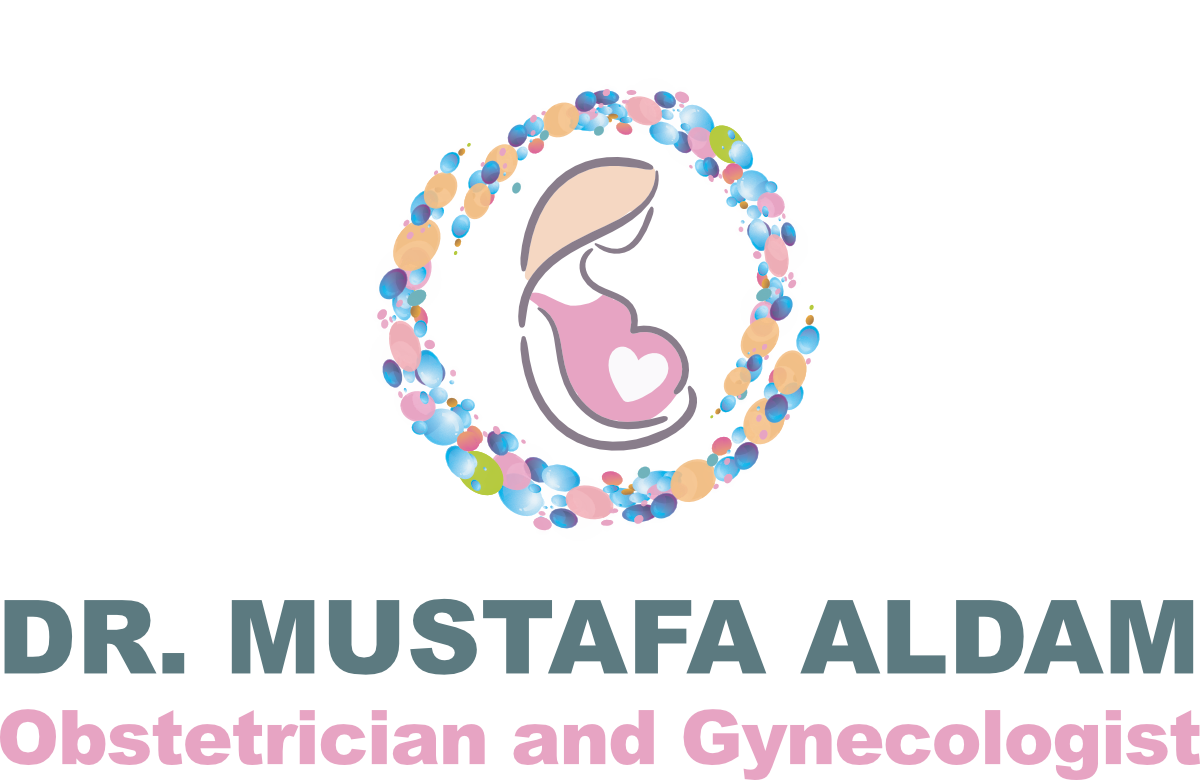Vaginal Tightening: Treatment and Procedures

Because feeling good starts from within!
Womanhood is surely a dynamic journey which brings along its own share of challenges and contraventions. Childbirth, age, or simply life changes can lead to major alterations in a woman’s body; one of them is losing vaginal laxity! Due to societal taboos surrounding intimate health matters, this condition is frequently left unaddressed and undiscussed.
Did you know?
- Statistically, around 20% of new mothers encounter varying degrees of vaginal laxity within three months postpartum.
- Approximately 15% continue to experience this condition even a year after childbirth.
This may leave many women yearning for a renewed sense of intimacy, both for themselves and their partner.
But how about rediscovering a youthful confidence, a sense of control you thought might have faded? How about exploring surgical and non-surgical options to enhance comfort and restore function that can offer a gentle nudge back towards a sense of empowerment?
Join us as we pave your way to the world of Vaginal Tightening! From rejuvenating and strengthening your pelvic floor to looking into the best vaginal tightening procedure, we’ll uncover the secrets to reclaiming femininity in a whole new way.
Understanding Vaginal Laxity and how Vaginal Tightening can help improve it
Also known as the loosening of the vagina, Vaginal Laxity is characterized by a reduction in the firmness of the vaginal wall, leading to a widened vaginal opening. It typically involves a deficiency in connective tissue and weakened pelvic floor muscles surrounding the vagina.
The slackening of vaginal tissues may result in reduced sexual satisfaction and can have negative implications on bladder and bowel functions. This not only affects physical well-being but also contributes to decreased self-confidence and a compromised quality of life.
Vaginal laxity commonly affects women who have had multiple pregnancies, undergone natural childbirths or received one or more episiotomies.
Various methods can rejuvenate the vaginal walls, depending on the severity of the condition:
Surgical Intervention
Vaginal Tightening surgery, conducted under general anesthesia, entails the repair of the vaginal wall and the strengthening of muscles using deep sutures. Following the procedure, patients are prescribed antibiotics and painkillers. Most women can resume work and normal activities within five days post-surgery.
Non-Surgical Approaches
These approaches involve utilizing laser or radiofrequency devices to stimulate collagen production, thereby reducing the size of the vaginal canal. However, this procedure typically necessitates multiple sessions, and outcomes may vary.
Who can benefit from Vaginal Tightening treatment?
Vaginal tightening can be beneficial for individuals encountering the following conditions:
- Vaginal laxity due to childbirth or traumatic deliverie
- Individuals seeking to improve vaginal tone and firmness
- Urinary incontinence or pelvic organ prolapse
- Looking to address age-related changes in vaginal laxity and firm
- Exploring the different types of Vaginal Tightening treatment
Exploring various vaginal tightening treatments
Surgical Options
Our Obgyne Dr. Mustafa Aldam is an expert in the field and offers the following specialized treatments after having a thorough analysis of your condition:
Vaginoplasty: Vaginoplasty aims to tighten the vaginal canal, which may become loose or enlarged due to childbirth or aging. This procedure involves surgically removing excess skin and bringing the vaginal walls closer together, resulting in a smaller opening and a tighter canal.
Perineoplasty: The perineum, the area between the anus and vagina, can experience tearing during childbirth or be intentionally cut to prevent tearing. Perineoplasty involves tightening the posterior muscles and removing excess skin in and around the vagina. It’s typically recommended for individuals seeking aesthetic improvement after childbirth.
Hymenoplasty: Hymenoplasty is a surgical procedure that reconstructs a broken hymen, often important in certain cultural contexts or for women seeking to heal from past sexual trauma. This vaginal tightening procedure usually lasts around 60 minutes and does not require a hospital stay. They can be performed under general anesthesia or a combination of local and twilight anesthesia, with a recovery period of 6-8 weeks.
Labiaplasty: Labiaplasty is a popular cosmetic surgery that addresses concerns such as uneven, enlarged, or damaged labia minora due to childbirth or aging. By trimming excess tissue, this procedure alleviates discomfort and improves appearance, with various techniques available to suit different needs.
Labia Augmentation with Fat Transfer: Labia augmentation involves injecting fat into the labia to address wrinkles or sagging. This cosmetic procedure utilizes fat removed from other areas of the body via liposuction, providing plumping effects to the labia.
Clitoral Hood Reduction: Often performed alongside labiaplasty, this vaginal tightening surgery aims to alleviate discomfort caused by tight clothing and may enhance sexual pleasure. Excess skin is removed to expose more of the sensitive tissue beneath.
Non-Surgical Options

Apart from surgical approaches, our doctor may also recommend the following non-invasive methods for vaginal tightening:
Laser Vaginal Tightening: Laser vaginal tightening is a state-of-the-art method for treating mild cases of vaginal laxity. This approach is unique in that it doesn’t require surgery and has a short recovery period, which makes it a practical option for a lot of women. Since it’s an outpatient procedure, you can go home the same day that the procedure is completed.
Radiofrequency Waves: Using Radiofrequency (RF) Waves provides your body’s tissues with mildly warming pulses that enhance blood flow and stimulate the production of more collagen. This can improve vaginal laxity, raise and expand the labia, and tighten the vaginal canal.
Hormonal Therapy: For women who are experiencing vaginal laxity due to menopause or other hormonal imbalances, hormonal treatment provides a customized solution. The goal of this treatment is to increase estrogen levels, which are essential for preserving the suppleness and health of vaginal tissues.
Hormonal treatments can be administered in a variety of ways, such as topical applications, pessaries, and oral hormones. While topical products are applied directly to the affected area for localized treatment, oral hormones are ingested and act systemically. On the other hand, pessaries are administered into the vagina through which hormones can reach the vaginal tissues in a more direct way.
Also Read: What is the recovery process like after Vaginoplasty?
Seek the best Vaginal Tightening treatment with our gynecologist Dr. Mustafa Aldam
Finding a trusted and experienced gynecologist for vaginal tightening treatment can be daunting, but with Dr. Mustafa Aldam, you can trust that you are in capable hands. With his years of experience and expertise in this field, he has helped countless women improve their intimate health and confidence through effective vaginal tightening procedures.
Don’t let discomfort or insecurities hold you back any longer – schedule an appointment with Dr. Mustafa today and take the first step towards a happier and healthier you!
